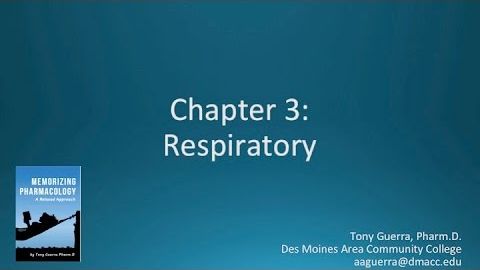
字幕と単語
(CC) トップ200の薬 第3章 サフィックス別呼吸器看護薬理学 (暗記薬理学) ((CC) Top 200 Drugs Chapter 3 Respiratory Nursing Pharmacology by Suffix (Memorizing Pharmacology))
00
Mark Lu が 2021 年 01 月 14 日 に投稿保存
動画の中の単語
respiratory
US /ˈrɛspərəˌtɔri, -ˌtori, rɪˈspaɪrə-/
・
UK /ˈrespərəˌtɔ:ri:, -ˌtəʊri:, rɪˈspaɪərə-/
- adj.呼吸器の;呼吸機能の
- n.呼吸器医学;呼吸器系;呼吸機能;呼吸困難;呼吸器疾患
C1 上級
もっと見る エネルギーを使用
すべての単語を解除
発音・解説・フィルター機能を解除
